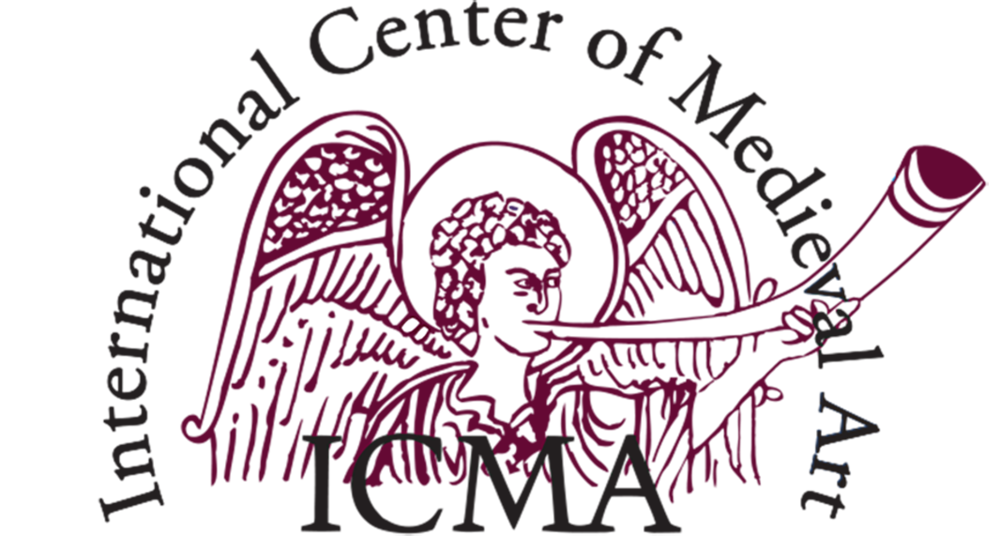By involving scholars from various disciplines, these two sessions will explore: 1) the ability of late antique and medieval authors to create images throughout their written words, blurring the borders between visual and literary arts; 2) investigate how the written and oral dissemination of textual imagery interacted with the conception, production, and perception of visual arts in the same period.
Using their stylus as a painting brush, late antique and medieval authors composed texts in which the arrangement of words and the display of rhetorical devices transformed words in literary images/icons, making them part of a wider visual culture. Works of art described or evoked might have existed in their “physical” dimension, but, most of the time, textual imagery remained “literary works of art” in a poetic space of creation, a fiction of shapes and colors, depicted or shaped under the readers’ eyes.
Not willing to rely on the common assumption that inspiration, creation, and innovation are no more separate than the realms of literature and visual arts, and expanding the common assumption of “texts influencing visual arts,” the two sessions will reconsider the elaboration of textual and physical images/icons through the written circulation of texts among the literate, and the oral circulation of liturgical or poetic texts among a wider audience. In fact, what usually escapes the attention of scholars is how the oral transmission of texts eventually influenced visual culture, specific “mental visions” of art patrons and artisans, and the imagery produced by the latter. Therefore the relation between text and image – one of the oldest issues in art history – needs to be broken into a more complex sequence of: literary and theological tradition – current circumstances (theological debate, political situation, current mentality) – production of texts – written transmission of texts – verbal transmission of texts – reception of texts – consequent shaping of religious and lay mentality and mental imagery – shaping of visual imagery.
Through case-studies, these sessions will consider the “visual” dimension of late antique and early medieval texts, and will help understand how the circulation of ideas and mental images among writers and artists shaped the representation of certain subjects in lay and religious art. Connecting textual and visual works of art, this workshop offers an opportunity to take a broad look at the notion of “creation”.
http://art-hist.blogspot.co.uk/2015/08/cfp-leeds-2016-stylus-as-paint-brush.html
